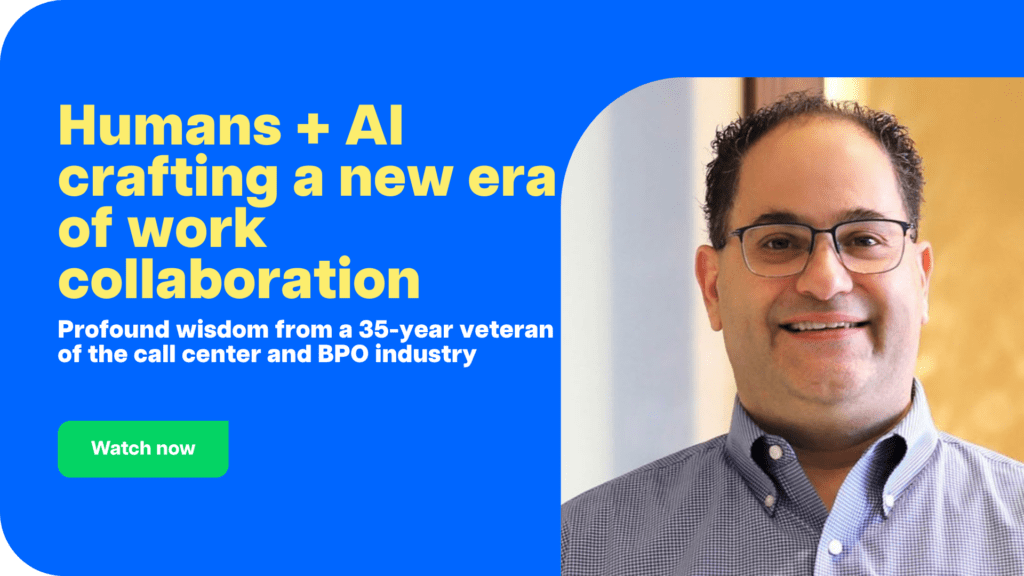In a time when AI and human cooperation are becoming more and more entwined, real-time workforce data utilization in coaching and sales has become a crucial topic of conversation. We explore how this creative approach is changing coaching, sales performance, and customer engagement techniques with insights from Jim Iyoob, Chief Customer Officer at Etech Global Services, and Liam Martin, Co-Founder and Chief Innovation Officer of Time Doctor.
Harnessing real-time data analysis
Real-time data analysis stands at the forefront of transforming workplace dynamics, especially in coaching and sales sectors. This approach involves analyzing data as it is generated, providing immediate insights and feedback.
While the availability of such data is revolutionizing, it also brings to light considerations regarding the experience of agents and the intrinsic value of these real-time insights. The key lies in not just collecting data but translating it into actionable strategies that enhance performance and customer satisfaction.

Considerations for effective implementation
- Agent experience and value addition: The impact of real-time data heavily relies on the experience of the agents and the relevance of the insights provided. It’s crucial that these insights are tailored to the individual needs of the agents, offering them meaningful guidance that can be applied in their interactions with customers.
- Utilization of insights: Providing real-time data does not automatically equate to improved performance. The real benefit lies in the effective use of these insights. If the recipients are not leveraging the data to its full potential, the immediate availability of information won’t translate into tangible benefits.
- The importance of a gradual approach: It’s vital for individuals and organizations to understand the importance of a foundational approach. Before diving into real-time interventions, there must be a solid base of coaching strategies that ensure agents are equipped to make the most of the real-time feedback and insights they receive.
- Vision for the future: The ultimate goal is to leverage technology in a way that real-time insights become an integral part of interactions. This could significantly enhance decision-making and problem-solving capabilities, offering a competitive edge in fast-paced environments.
- Learning from postmortems: Conducting postmortems on significant calls or sales interactions is a crucial step in identifying opportunities for improvement. This practice underscores the importance of data-driven coaching and feedback, which are instrumental in refining strategies and enhancing overall performance.
- Building cumulative databases: The creation of comprehensive databases from accumulated information can drastically improve decision-making processes and performance evaluations. In industries such as sales and contact centers, this wealth of data serves as a goldmine for understanding customer behavior, agent performance, and areas ripe for improvement.
Conclusion
Real-time workforce data utilization in coaching and sales has become a critical topic of discourse in an era where artificial intelligence and human cooperation are becoming increasingly intertwined. With contributions from Liam Martin, co-founder and chief innovation officer of Time Doctor, and Jim Iyoob, chief customer officer of Etech Global Services, we examine how this innovative method is transforming customer interaction strategies, coaching, and sales effectiveness.

Carlo Borja is the Content Marketing Manager of Time Doctor, a workforce analytics software for distributed teams. He is a remote work advocate, a father and a coffee junkie.


